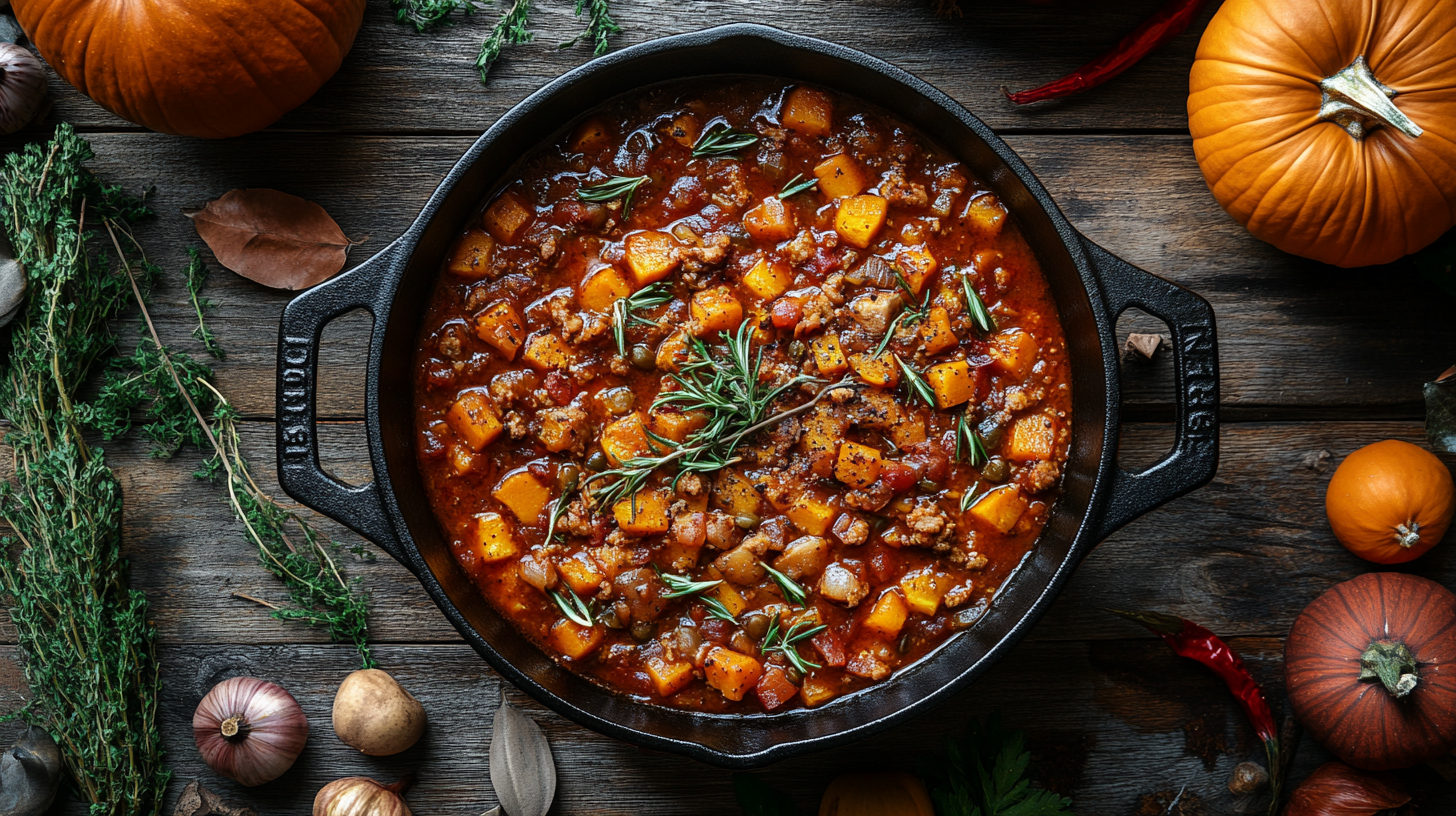Cast Iron Dutch Ovens for Soups: The Ultimate Guide
• 6 min

Few things feel cozier than a bubbling pot of pumpkin soup in a cast iron Dutch oven. With excellent heat retention and durability, these pots make fall soups richer and easier.
Why Dutch Ovens Excel at Soup Making
Superior Heat Retention
- Even heat; fewer hot spots
- Gentle, consistent simmering
- Retains heat when adding ingredients
Versatile Cooking
- Stovetop to oven in one pot
- Brown, sauté, then slow-simmer
- Can even bake bread alongside soup
Durable & Long-Lasting
- With care, lasts for generations
- Handles high heat
- Seasoning improves performance (raw cast iron)
Flavor Benefits
- Better browning and fond development
- Non-reactive with acidic ingredients
- Naturally more non-stick over time
Top Dutch Oven Picks
Premium: Le Creuset Round Dutch Oven
Enameled cast iron, superb heat distribution, lifetime warranty. Best for heirloom quality (≈ $250–450).
Best Value: Lodge Cast Iron Dutch Oven
American-made, pre-seasoned, budget-friendly (≈ $50–120). Great heat retention; needs periodic seasoning.
Enameled Alternative: Staub Round Cocotte
Black matte enamel, self-basting lid, excellent browning (≈ $200–400).
Budget Enameled: Martha Stewart Collection
Affordable, widely available, dishwasher-safe (≈ $80–150).
What Size to Choose
- 3.5–4 qt: Small households, side dishes
- 5.5–6 qt: Most versatile for families (sweet spot)
- 7–8 qt: Entertaining and meal prep
- 9+ qt: Big batches and catering
Soup Technique Essentials
- Build flavor: Brown aromatics and proteins; deglaze with stock.
- Temperature: Start hot to brown; finish with a gentle simmer.
- Liquid: Add gradually; adjust consistency at the end.
Fall Favorites
- Classic pumpkin soup: Pumpkin, aromatics, stock, cream, warm spices.
- Butternut bisque: Roast squash; finish with coconut milk.
- Hearty veg stew: Layer browning; slow simmer to meld flavors.
Care & Maintenance
- Enameled: Cool before washing; soft sponge; avoid abrasives.
- Raw cast iron: Hand wash; dry immediately; re-oil lightly; re-season as needed.
- Storage: Keep lids ajar; ensure fully dry.
Bottom Line
Pick the size you’ll use weekly and the finish (enameled vs. raw) that fits your routine. Treat it well and it will reward you with decades of cozy soups and stews.
#cookware#soups#cast iron#fall